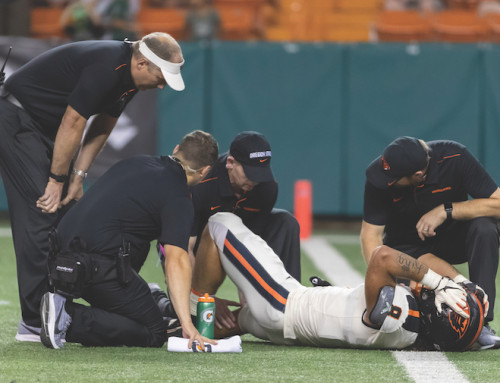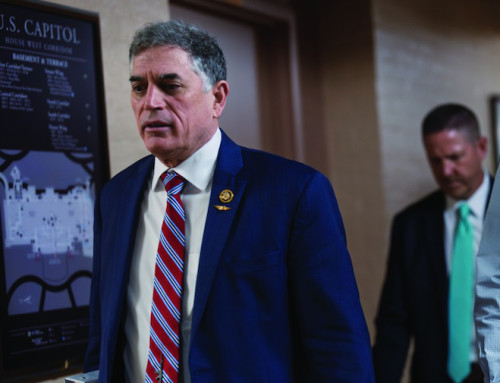An Ohio State University researcher last week offered the results of a study that found soil moisture has a direct correlation to power outages during severe storms to members of the American Geophysical Union.
Steven Quiring, a professor of atmospheric sciences, completed the study using satellite maps of soil moisture and its effect on trees to forecast power outages in the lead up to Hurricane Matthew along the U.S. East Coast earlier this fall.
A university press release stated Quiring’s method worked with 91 percent accuracy.
Healthy trees that receive just the right amount of moisture are less prone to storm damage, he explained, so soil moisture is a good indicator of where outage crews will be needed.
“We see increased numbers of outages at both ends of the spectrum — wherever soils are too wet or too dry,” Quiring said in a prepared statement. “Drought makes tree branches more likely to snap off, and over-saturation makes trees more likely to be uprooted.”
For Hurricane Matthew, researchers were able to forecast five days ahead of time that 4.5 million people would be without power in Georgia, North and South Carolina and Virginia.
The actual number worked out to be around 4.1 million, so the researchers overestimated the extent of outages by around 9 percent, the press release continued.
NASA’s Soil Moisture Active Passive satellite mission provided the data, which the researchers cross-referenced with population density, land use, average wind speed and the duration and intensity of storms to make their forecast model.
Quiring said researchers plan to expand the project to include outages caused by thunderstorms, winter storms and wind storms, which impact a much larger portion of the United States than hurricanes.
Outages cost the American economy as much as $33 billion annually, according to the President’s Council of Economic Advisers and the U.S. Department of Energy Office of Electricity Delivery and Energy Reliability.
Both the DOE and the Department of Homeland Security, among others, now use the team’s forecasts to help plan responses to hurricanes.
The DOE, the National Science Foundation and a private utility funded this research.









